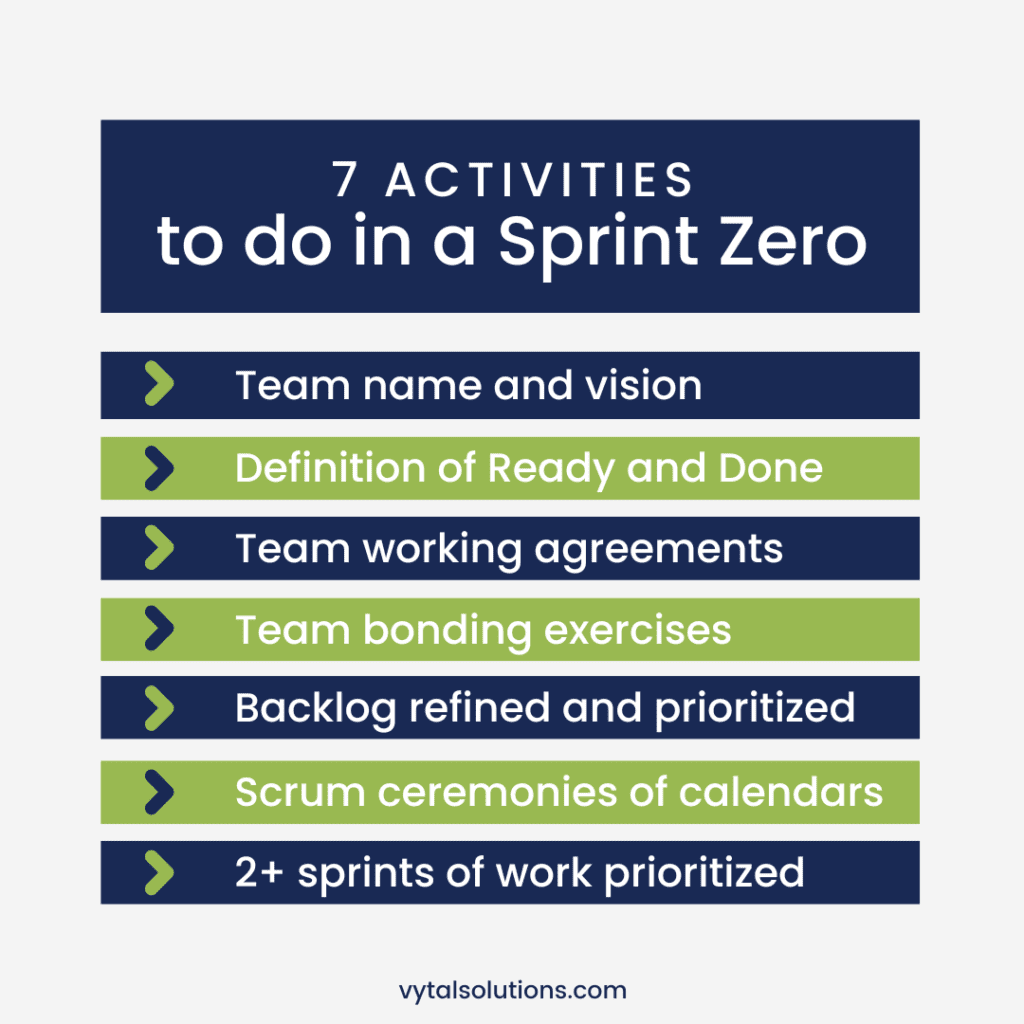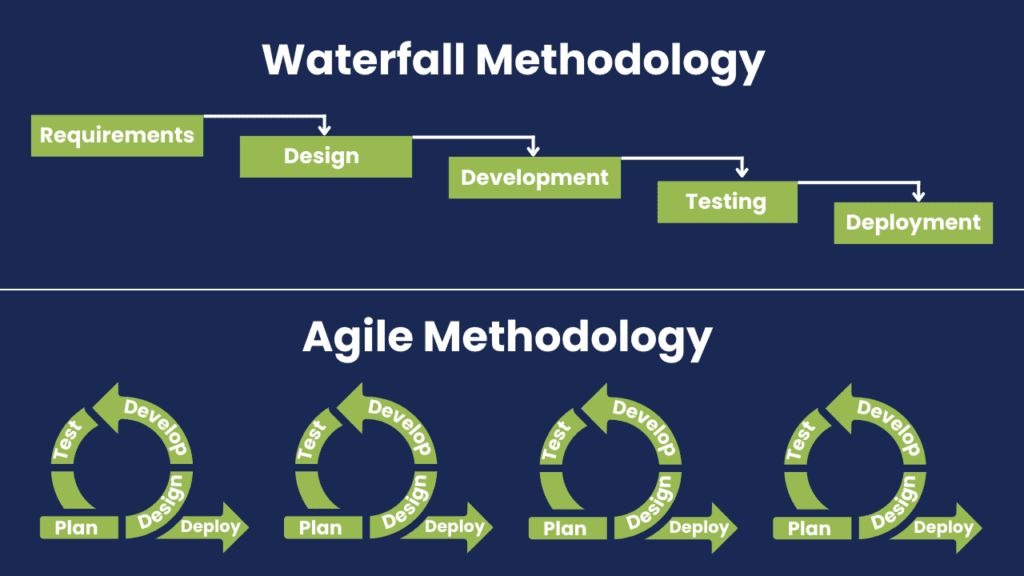How to Switch from Waterfall to Agile
Why should you switch from Waterfall to Agile?
Before you switch from Waterfall to Agile methodology, your organization needs to answer why you want to make the change. Suppose your motivation is that you’re only interested in staying ahead of your competitors. In that case, I recommend you read no further.
However, if the motivation is that you want to adopt a flexible methodology that’ll help you get to market with better quality and less rework, continue reading.
Before switching from Waterfall to Agile, the first and foremost precondition is that you, as the organization’s decision-maker, must be convinced that Agile is the path forward for your organization. If you’re unsure, you will not succeed in your Agile journey.
Once you’re confident Agile is the right fit, use the below recommendations to help you get started.
Step 1: Identify a simple project
When selecting the first initiative to undergo an Agile transformation, consider choosing something straightforward. Treat this initiative as an experimental pilot so your organization can adopt agile while maintaining workplace culture. By doing so, your team can put more energy into the transformation process.
When using the Scrum framework, define a timeline for the pilot and how many Sprints you expect are needed for work to be completed. Ensure that the functional and tech leads have reviewed the expectations and feel confident they can reach those milestones.
The recommendation is to have the first team sprint for six weeks over three months before you start adding other teams to the Agile transformation journey.
Step 2: Identify a dedicated team

After identifying the first scope of work, select the first members of the Agile development team, who should be dedicated full-time to the effort. You will need developers and QA with the relevant skillsets to form a cross-functional team. Additionally, ensure you can fully allocate the Scrum Master and Product Owner to the Agile team.
When selecting team members, everyone must understand the Agile manifesto, the value Agile brings, and the various ceremonies required.
Step 3: Invest in Training
Agile teams should undergo basic training, which many organizations call Agile 101. After the training, the Product Owner, Scrum Master, and the Agile development team should fully understand their roles and responsibilities. It’s essential at this stage to set expectations.
Step 4: Understand the tool
The team members need to be acquainted with the tool that the organization has decided to use. It could be Atlassian Jira, Microsoft Azure DevOps (ADO), or something else. In addition to becoming familiar with the tool, the team should have hands-on experience in creating stories, defects, and tasks, reviewing Sprint metrics, and starting and closing the Sprint. You want to avoid being bogged down by tool familiarity once the Sprint begins.
Step 5: Plan a Sprint Zero
Plan a Sprint Zero, and communicate to Leadership how the team will utilize the Sprint so Leadership can understand its value. While a Sprint Zero does not have any tangible deliverables toward the scope or functionality of the work, it’s vital for setting the stage for future Sprints.
Below are several recommended activities to be conducted in Sprint Zero:

Step 6: Measure the value, not the metrics
Once the first team starts sprinting, track the value of delivered work after each Sprint. Since the team will be new to estimations and capacity planning, you can expect that the team will still be developing their understanding of how to present accurately. Because of this, their estimates may be incorrect, making the metrics look worse than they are. Therefore it’s essential to focus on the value delivered initially.
Step 7: Inspect and adapt
Keep communication open with the Agile team by reviewing what’s working and what’s not regularly. While the retrospective is supposed to be a closed-door ceremony, you’ll want to inspect and adapt to identify additional teams ready to Sprint.
The Agile transformation journey is not easy but following the above seven steps can guide you in the right direction and help you overcome common obstacles to success.
If you’re ready to get started, email sachin@vytalsolutions.com for a complimentary consultation.

